E+H Certified for secure product development
Certified for secure product development Honored by Time and Statista for outstanding performance in sustainability and growth The Endress+Hauser Groups corporate culture places people at the center and addresses numerous aspects of sustainable corporate management. Endress+Hauser joined the Science Based Targets initiative last year with the aim of reducing its own carbon footprint to net […]
DCL attend Achema 2024
DCL will attend Achema 2024 in Frankfurt am Main/Germany from Jun 10th to 14th at Hall 9.0 Stand A23
Installieren und Verwenden
5 steps to start using DCL actuator Install actuator onto the valve Check mechanical limiter Wiring Set end-position of Open/Close Start to Use How-tos View More > Application Notes View More > User Manual View More > Previous:FAQ Next:5 Steps to Start Using DCL Actuator
Technische Dokumente des DCL-Stellantriebs
Normen (ISO/GB/EU) Mehr anzeigen > Technische Artikel Mehr anzeigen >
Wartung und Reparatur von DCL-Aktuatoren
Common Faults & Troubleshooting for ON-OFF Actuator for Modulatiing Actuator for DC24V Actuator for DCL-02 ON-OFF Actuator for DCL-02 Modulating Actuator More View More >
Wie wird die Hysterese des Stellantriebs eingestellt?

Setting the hysteresis allows the actuator to better match PID closed-loop control applications. Steps to Set the Hysteresis: Turn the S-A switch (highlighted in the red box below) to position 2. Rotate the adjustment knob (highlighted in the yellow box) to set the hysteresis. Each scale mark represents 0.5%. The adjustable hysteresis range is 0.5% […]
Welche Arten von Ventilen können die elektrischen DCL-Antriebe antreiben?
The DCL electric actuator is mainly used to drive butterfly valves with a diameter of less than 600mm, ball valves with a diameter of less than 350mm, and ventilation dampers and air flap valves with a diameter of less than 1200mm. Beyond these applications, some interesting use cases are also worth noting. For example: Rotating […]
Wie funktioniert ein elektrischer Stellantrieb?
Once connected to a power supply (AC380V, AC220V, AC24V, or DC24V), DCL electric actuators can be controlled by a Distributed Control System (DCS) using various control signals, including analog signals, digital signals, bus communication, and IoT networks. The actuator drives the electric valve to fully open, fully close, or adjust to a specified position, enabling […]
Warum ein elektrischer Antrieb?
An electric actuator utilizes a motor-driven reduction mechanism to achieve both rotary and linear motion of a valve. Since it is powered by a motor, the electric actuator features a simple and reliable structure without requiring additional support systems like pneumatic or hydraulic sources. This results in higher energy efficiency and lower operational costs. At […]

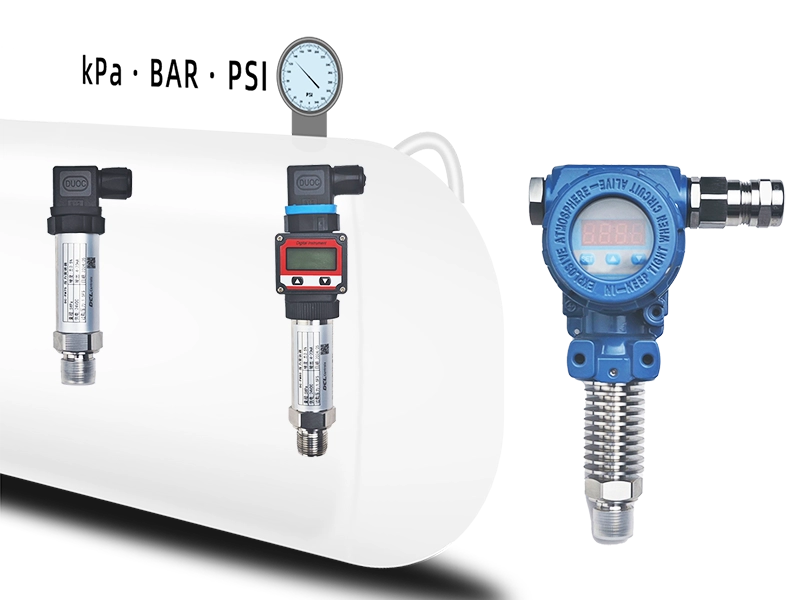
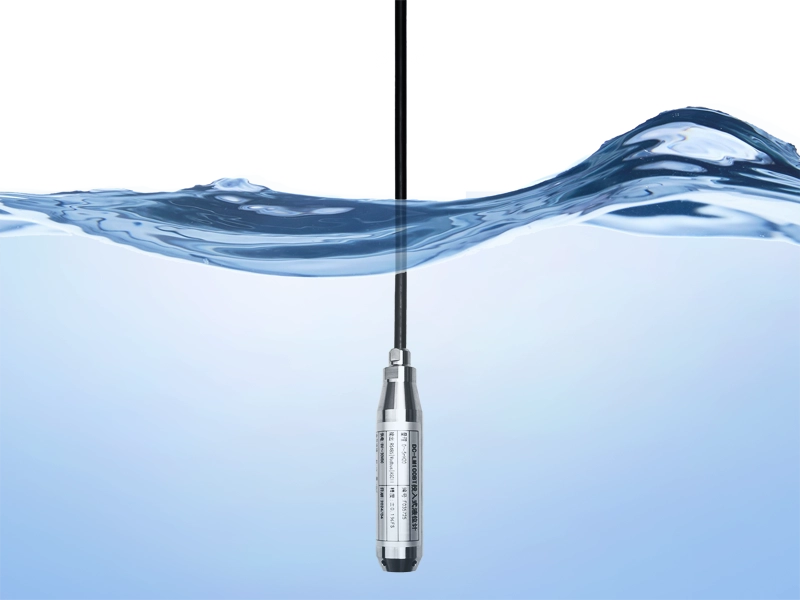





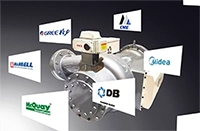


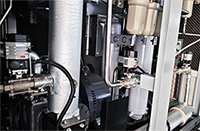


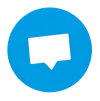













 鄂公网安备 42018502006527号
鄂公网安备 42018502006527号